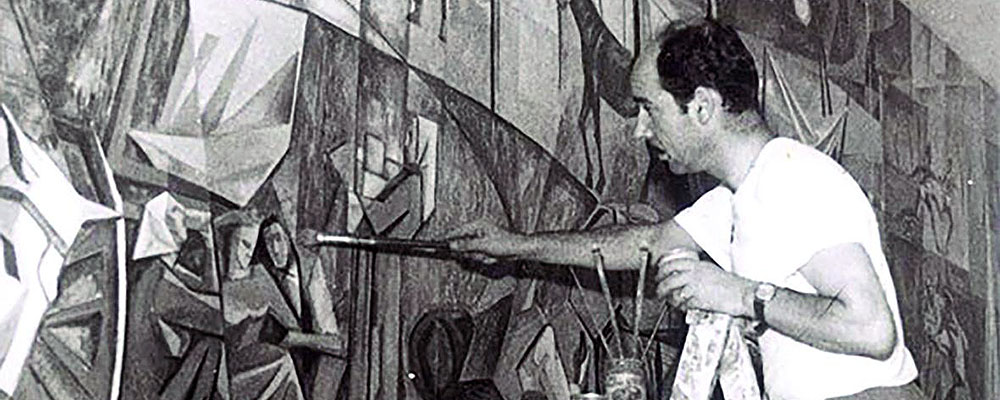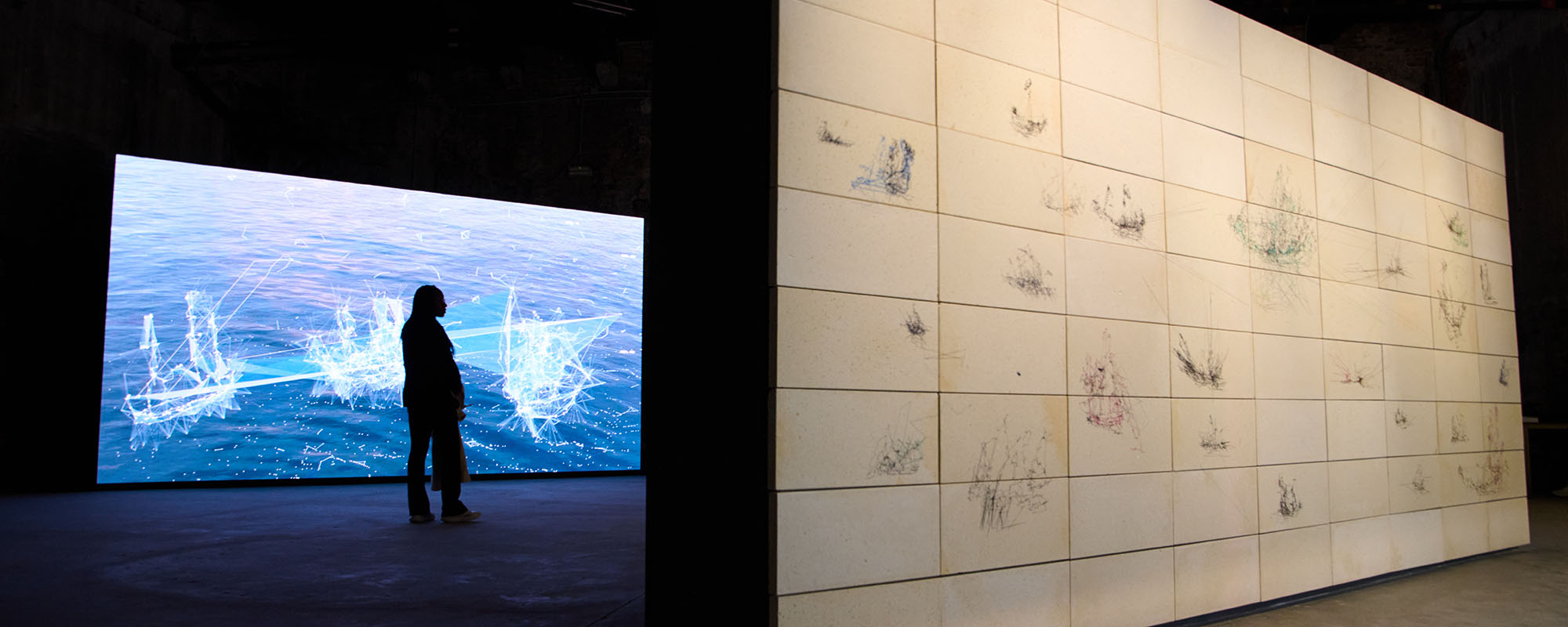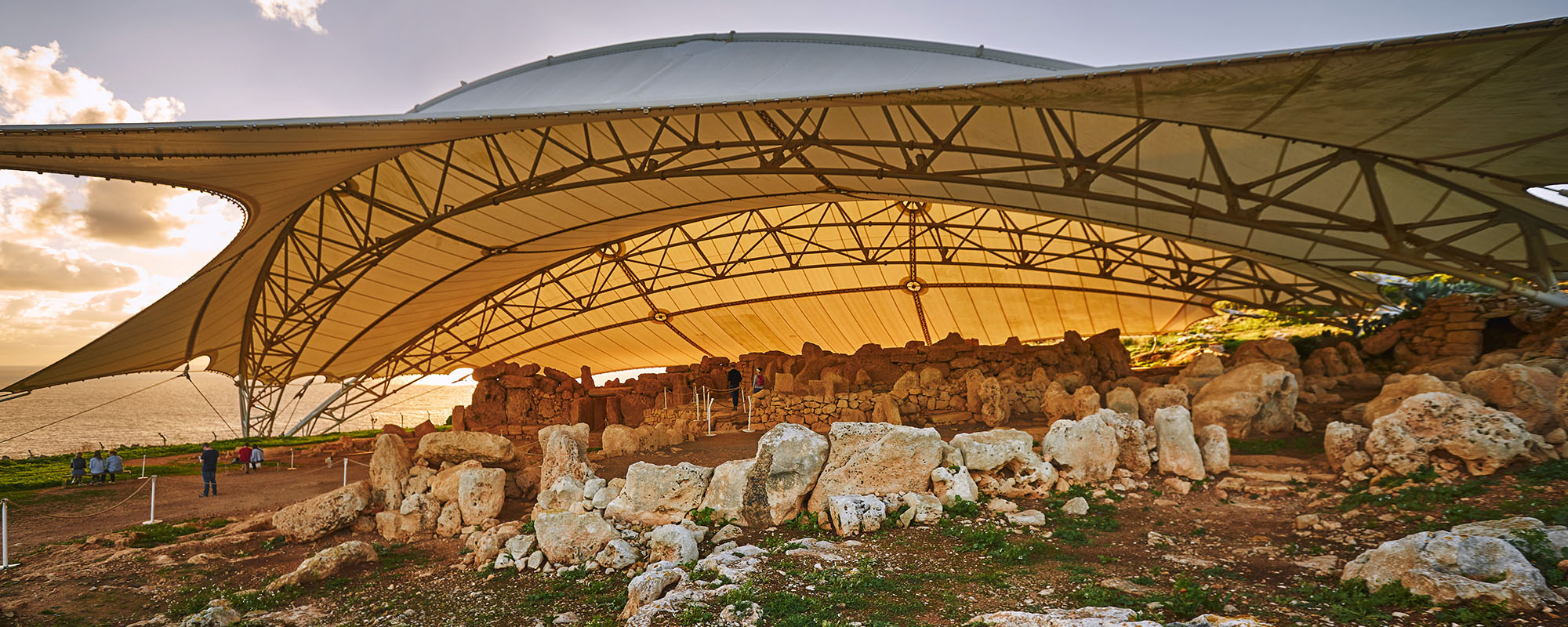A good way of understanding a concept is by looking at the way people use it in everyday conversations. Language embodies the accumulated wisdom of countless speakers who have expressed their understanding to others over long periods of time. By analysing the way we use the term ‘comfort zone’ we can better understand what we actually mean when we use it.
One of the most frequent uses of ‘comfort zone’ is the expression to ‘leave our comfort zone.’ By this, we usually mean that we should not always stick to the same routines, habits, and maybe even friends; the underlying assumption seems to be that we are living predictable lives, much in the same way as we would describe someone as a ‘creature of habit’.
This view might be legitimately challenged with a simple, ‘What’s wrong with that?’ or ‘Why should I leave my comfort zone if it is the space within which I feel most comfortable?’ This view clearly has some merits: it is a constitutive feature of our psycho-social make-up that we follow certain behavioural patterns in our lives, not only – to use another expression – out of ‘force of habit’, but simply because we enjoy these habits, because they are pleasurable and the thought of eliminating them from our lives makes us uncomfortable. It would not be an exaggeration to say that our ‘comfort zones’ are an essential part of our identity. They generate a feeling of well-being within us.
Given this, why is there an underlying sense of disappointment at those who refuse to leave their comfort zones? Why is ‘breaking free’ of one’s comfort zone almost considered a prerequisite for living a fulfilling life? Part of the answer is that living in one’s comfort zone can lull a person into a false sense of security. We might end up avoiding tough but crucial decisions. One might remain in a suffocating relationship or at a mind-numbing job simply because it is easier to stay within one’s comfort zone than to face new challenges and risks.
Leisure time also falls within our ‘comfort zones’. Some go to the same restaurants every weekend or visit the same countries when they go on holiday. It might be that as we get older, we tend to forget the thrill of experiencing something new, the challenge of facing the unpredictable. This doesn’t necessarily mean jumping out of an aeroplane (although it could) but it can simply be the effort to reach out and meet new people. It can also – and this is my personal favourite – involve travelling to various cultures, relishing the differences between others and myself.
What I hope this short article shows is that while ‘comfort zones’ are a necessary feature of social living, leaving such zones – at least occasionally – can provide rewards that were previously unimaginable.





Comments are closed for this article!